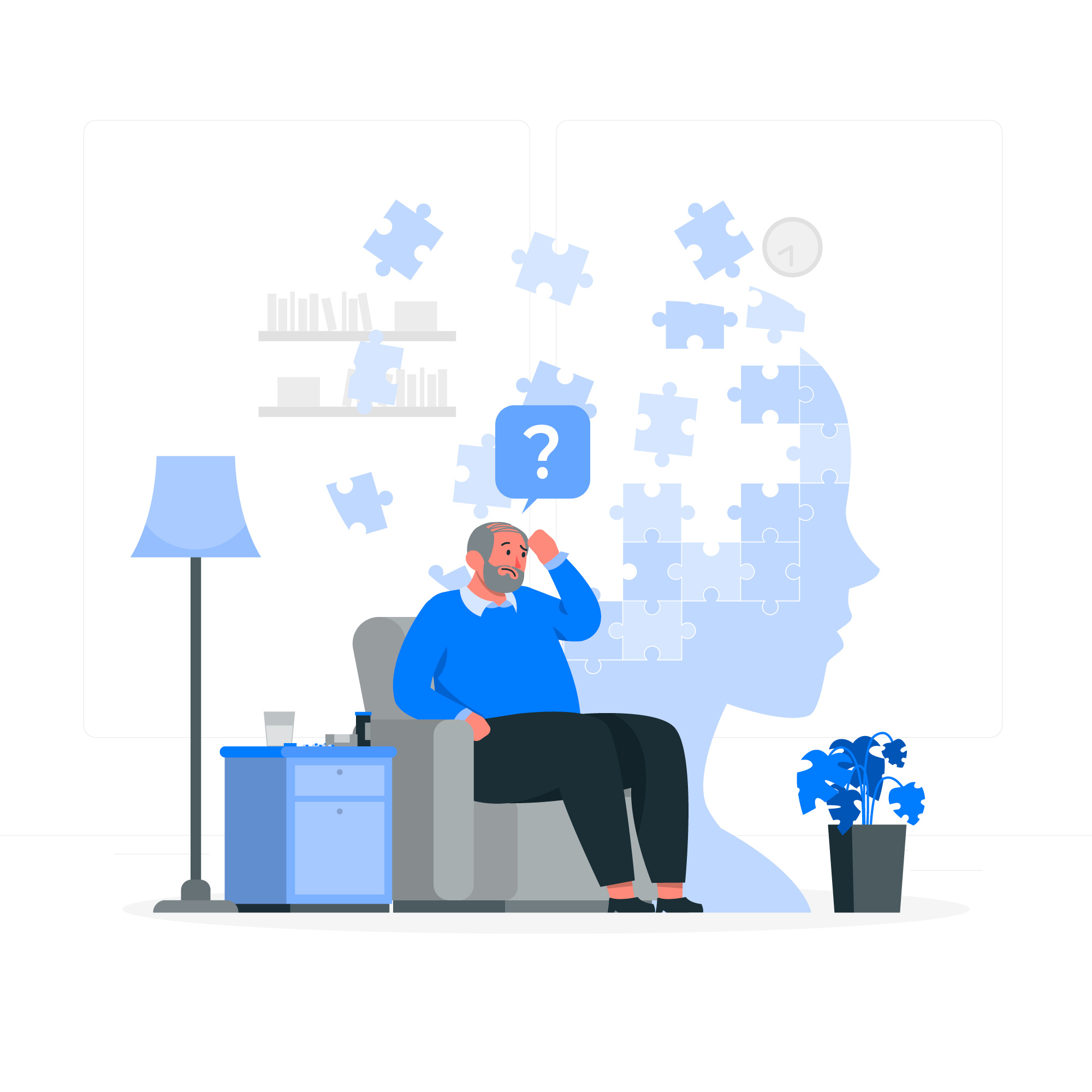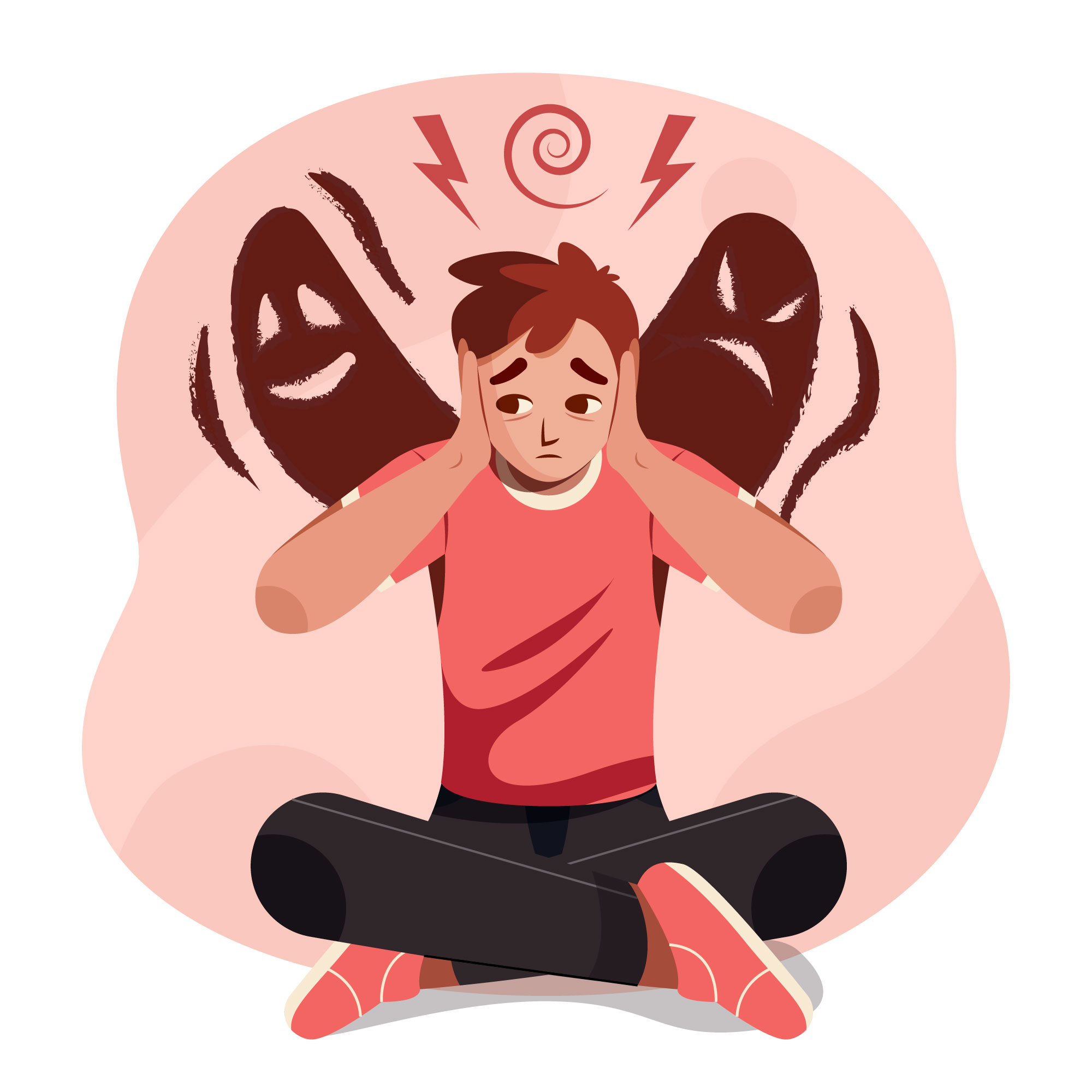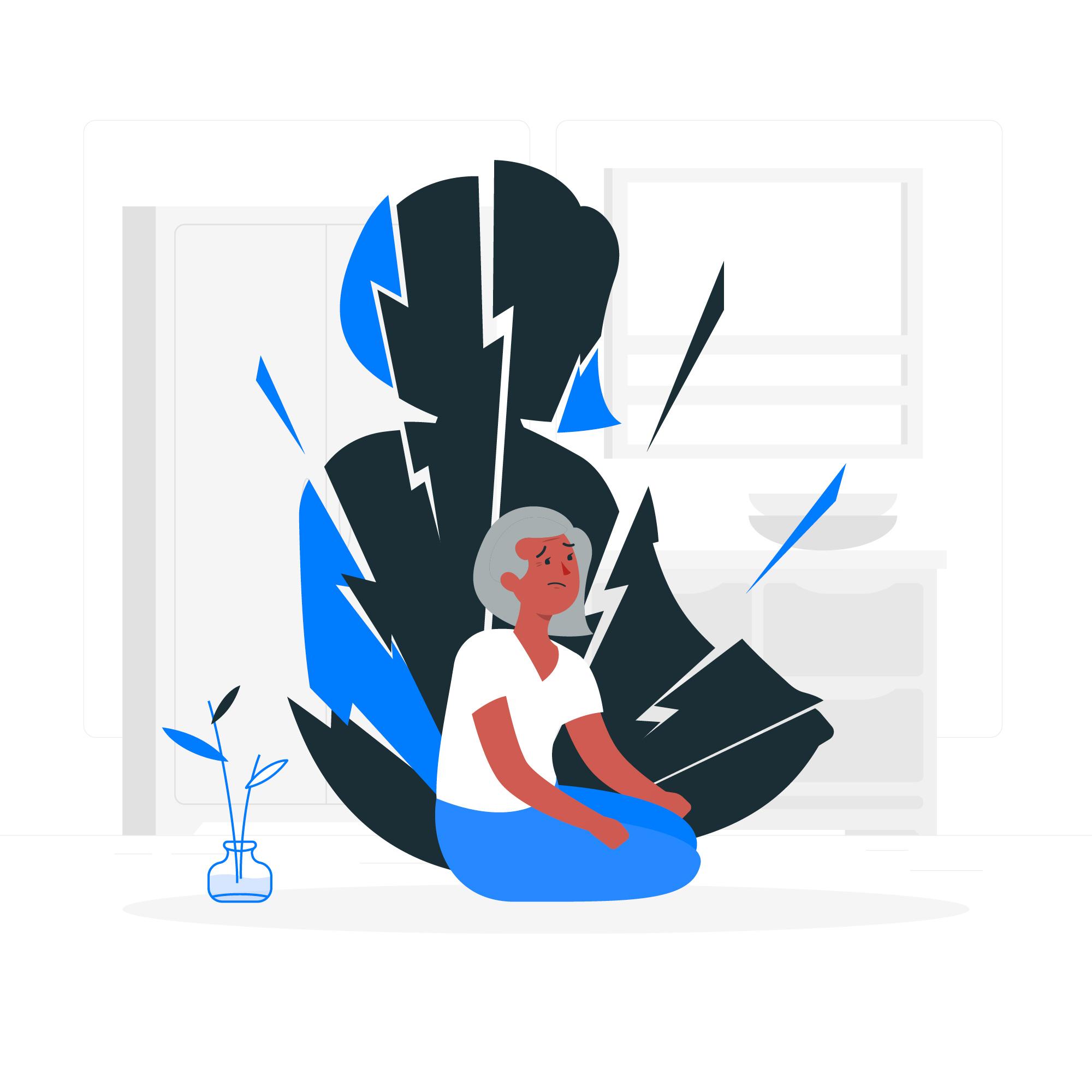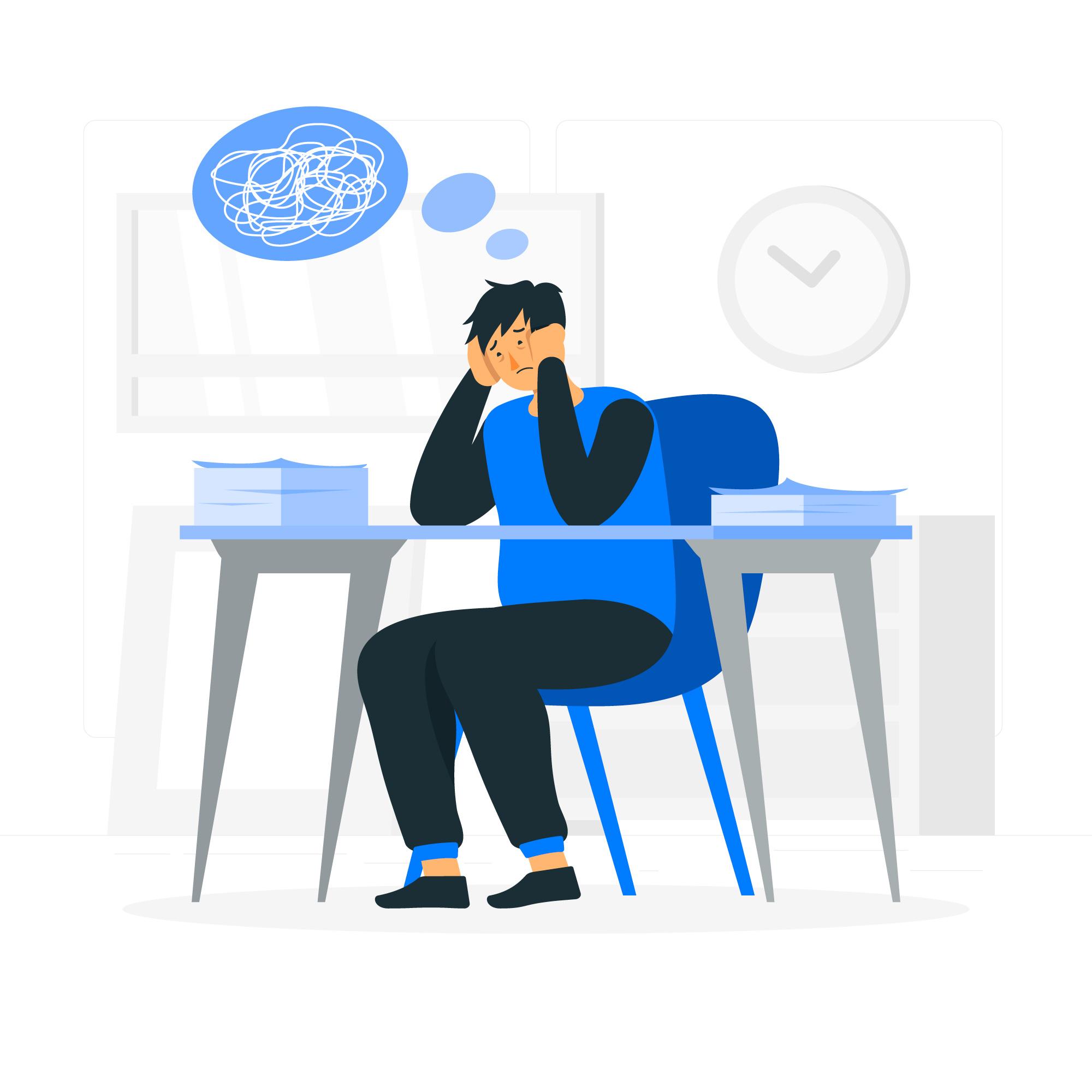Narcissistic Personality Disorder
Overview
Narcissistic Personality Disorder (NPD) is a mental health condition characterized by an inflated sense of self-importance, a deep need for excessive attention and admiration, and a lack of empathy for others. Individuals with NPD often have troubled relationships and may exhibit a sense of entitlement. In India, awareness and understanding of NPD are limited, leading to challenges in diagnosis and treatment.
Key Facts
- Prevalence: Specific data on the prevalence of NPD in India are scarce. A study conducted at a psychiatric outpatient clinic in North India reported that personality disorders had a prevalence of 1.07%, with anxious-avoidant and borderline personality disorders being the most common. NPD was not specifically highlighted in this study.
- Demographics: The same study found that among individuals diagnosed with personality disorders, 69.4% were aged between 21 and 40 years, and 64.9% were male. This suggests a higher prevalence of personality disorders in young adult males within the Indian population.
Symptoms and Patterns
Individuals with NPD may exhibit the following symptoms:
- Grandiosity: An exaggerated sense of self-importance and achievements.
- Need for Admiration: Constantly seeking excessive attention and admiration from others.
- Lack of Empathy: Inability or unwillingness to recognize the needs and feelings of others.
- Sense of Entitlement: Unreasonable expectations of favourable treatment or automatic compliance with their expectations.
- Exploitive Behaviour: Taking advantage of others to achieve personal goals.
These patterns can lead to significant interpersonal difficulties, including strained relationships and social isolation.
Risk and Protective Factors
Risk Factors:
- Genetic Predisposition: A family history of personality disorders may increase the risk of developing NPD.
- Environmental Influences: Experiences of excessive pampering or extreme criticism during childhood can contribute to the development of narcissistic traits.
- Cultural Factors: Societal emphasis on success and achievement may reinforce narcissistic behaviours.
Protective Factors:
- Supportive Family Environment: A nurturing and balanced upbringing can mitigate the risk of developing NPD.
- Emotional Regulation Skills: Ability to manage emotions effectively reduces the likelihood of maladaptive narcissistic behaviours.
Treatment and Care
Treating NPD is challenging, as individuals often do not recognize their problematic behaviours. However, several approaches have shown promise:
- Psychotherapy: Talk therapy, particularly cognitive-behavioural therapy (CBT), helps individuals understand the causes of their emotions and behaviours, promoting healthier relationships and attitudes.
- Medication: While there are no specific medications for NPD, associated symptoms such as depression or anxiety may be treated with appropriate pharmacotherapy.
- Group Therapy: Engaging with others in a therapeutic setting can enhance empathy and interpersonal skills.
Psychological and Psychosocial Interventions
- Cognitive Restructuring: Identifying and challenging distorted beliefs about oneself and others.
- Emotional Regulation Training: Developing skills to manage intense emotions and reduce impulsivity.
- Interpersonal Effectiveness: Learning strategies to navigate social interactions and build healthy relationships.
Conclusion
Narcissistic Personality Disorder presents unique challenges in the Indian context due to limited awareness and cultural factors influencing its manifestation. Enhancing understanding among healthcare professionals and the general public is crucial for early identification and effective intervention. Comprehensive treatment approaches, including psychotherapy and psychosocial interventions, can lead to improved outcomes for individuals with NPD.











